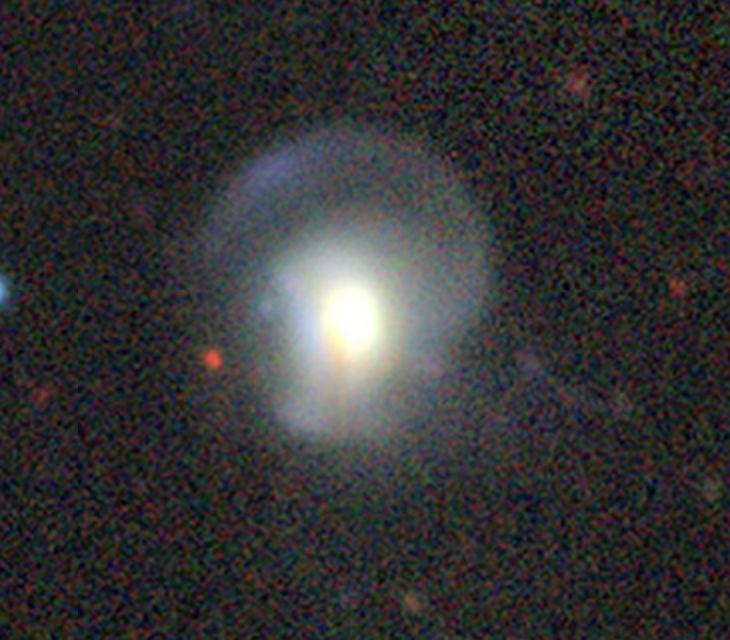Post-Starburst Galaxies
Contact

| Christy Tremonti |
|---|
| UW-Madison |
Summary
Post-starburst galaxies are ideal laboratories to study the star formation quenching process, however since they make up ~1% of the local galaxy population, only a small number were observed as part of the regular MaNGA survey. This ancillary program aimed to increase the number of post-starbursts observed by MaNGA.
Finding Targets
An object whose MANGA_TARGET3 or MNGTARG3 value includes one or more of the bitmasks in the following table was targeted for spectroscopy as part of this ancillary target program. See SDSS bitmasks to learn how to use these values to identify objects in this ancillary target program.
| Program (bit name) | Bit number | Target Description |
|---|---|---|
| POST_STARBURST | 24 | see below |
Description
An outstanding question in modern astrophysics is how galaxies quench their star formation. There appear to be two modes of quenching: one where cold gas is gradually turned to stars and not replenished, and a more rapid mode, where a burst of star formation is quenched when gas is either stripped or violently expelled by feedback from massive stars or AGNs. The later quenching mode takes place on timescales of < 100 Myr, and may occur while the galaxy is heavily dust-obscured, and thus it has been difficult to study directly. Fortunately, these rapid quenching events produce a somewhat longer-lived spectral signature: for a few hundred Myr the SED will show a high fraction of A-stars and lack significant nebular emission associated with on-going star formation. Galaxies with these spectral features are termed post-starburst galaxies (or sometimes E+A’s or K+A’s). They are ideal laboratories to study the causes of rapid quenching and its impact on the host galaxy.
Rapid quenching events are rare in the local universe and the time during which a galaxy can be identified as a post-starburst is relatively short (~300 Myr; Snyder et al. 2011). Galaxies with central post-starburst signatures make up 0.2-0.7% of the local galaxy population (c.f., Zabludoff et al. 1996; Quintero et al. 2004; Goto 2007; Alatalo et al. 2016, Chen et al. 2019), though they were more common at high redshift (Wild et al. 2016). Because of the rarity of post-starbursts, the final MaNGA sample was expected to contain fewer than 70 central post-starbursts. This ancillary program was designed to boost those numbers by an additional ~30 galaxies to create a more statistical sample. Increasing the sample is important because post-starbursts are mixed bag of objects including major merger remnants, galaxy pairs after their first close passage, galaxies stripped in fly-by events, galaxies quenched by radio-mode feedback, and dwarf galaxies that have recently blown out their gas.
Target Selection
Targets were selected from a number of post-starburst catalogs constructed from the SDSS-I survey:
- the Goto et al. 2007 post-starburst catalog. Galaxies in this catalog have H-delta Balmer absorption > 5 A and no detectable [OII] 3727 or H-alpha emission.
- the Pattarakijwanich et al. 2016 post-starburst catalog. This selection requires that an A-star template comprise >25% of the light near 4200 A, and H-delta EW > 4.0 A and [OII] 3727 > -2.5 A.
- the Shocked Post-Starburst Galaxies (SPOGS) catalog of Alatalo et al. 2016 (www.spogs.org) which is designed to include post-starbursts whose nebular emission may be dominated by shocks or AGNs
- a catalog constructed by V. Wild using Principle Component Analysis to identify post-starburts as described in Wild et al. 2007. Because this selection does not use the nebular emission lines, it is more inclusive of post-starburst AGN
- a catalog constructed by C. Tremonti using the post-starburst selection cuts outlined in Chen et al. 2019. This selection utilizes a more permissive nebular emission line cut designed to include objects that are not fully quenched yet.
This combination of catalogs provides a highly complete (though perhaps less pure) selection of post-starbursts to serve as the parent sample. To the parent sample, we then apply the color-dependent absolute magnitude cut used for the MaNGA Secondary sample. We then apply magnitude-dependent redshift cuts, using the lower redshift boundary of the MaNGA Primary sample and upper redshift boundary of the Secondary sample (Wake et al. 2017). These cuts ensure that the post-starburst ancillary targets will have a similar range of stellar masses and a similar spatial resolution to other galaxies in the MaNGA sample.
REFERENCES
Alatalo et al. 2016, ApJS, 224, 38
Chen et al. 2019, MNRAS, 489, 5709
Goto 2007, MNRAS, 381, 187
Quintero et al. 2004, ApJ, 602, 190
Pattarakijwanich et al. 2016, ApJ, 833, 19
Snyder et al. 2011, ApJ, 741, 77
Wake et al. 2017, AJ, 154, 86
Wild et al. 2007, MNRAS, 381, 543
Wild et al. 2016, MNRAS, 463, 832
Zabludoff et al. 1996, ApJ, 466, 104


